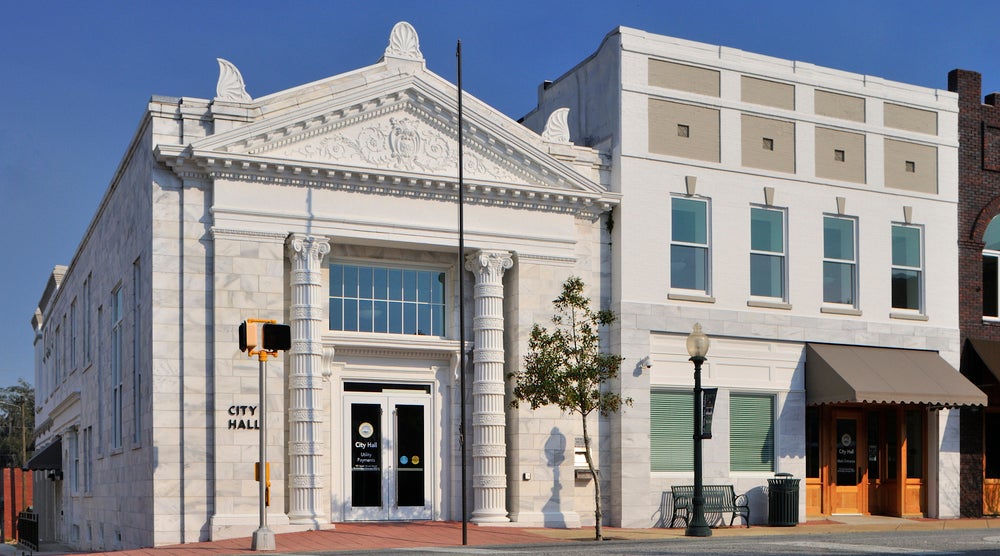Georgia Forestry Commission holds full-house meeting on timber destruction for landowners
Published 4:52 pm Friday, October 26, 2018
More than a hundred concerned landowners packed themselves inside the Decatur County Commission meeting room Thursday afternoon to learn how to recover from timber losses due to Hurricane Michael.
The Georgia Forestry Commission, the University of Georgia and Congressman Sanford D. Bishop were present to answer questions pertaining to the damages residents in the tri-county area are facing. Catastrophic damage occurred in Seminole, Decatur and Miller counties, requiring complete harvesting and salvage of these devastated timber stands.
“You’re the folks here on the front line dealing with a hand that the good Lord and Mother Nature sent your way,” said Chuck Williams, director of the Georgia Forestry Commission. “The picture is not pretty, particularly for Decatur and Seminole Counties. The timber destruction we have seen follows the wind speed maps as far as when Hurricane Michael moved in.”
Outside of the seven and catastrophically damaged areas, pine stands maintained at higher residual stand-densities showed less damage, with wind-bent trees leaning at less than 45 degrees. Trees leaning at more than 45 degrees are considered too damaged and should be salvaged. Regardless, the GFC urged landowners to monitor their stands for insect damage over the next year, as the stress placed on these trees could attract pine bark beetles or increase the likelihood of disease across the stands.
The majority of the damage occurred in recently thinned stands with lower densities. Less wind resistance created an environment for less support among these stands.
According to the GFC, roughly 2.3 million acres of forestland were impacted by Hurricane Michael, with 10.6 million tons of pine and 7.6 million tons of hardwood being damaged. The value is estimated at more than $374 million.
From South Albany to Bainbridge, 286,112 acres of forestland is severely damaged, with another 79,456 suffering catastrophic damage down through Lake Seminole.
There are three distinct categories landowners can make their evaluations from:
Light damage or losses that may not warrant a salvage operation. This could include merchantable stands (trees are large enough to sell), which don’t have enough timber damage to warrant a commercial harvest, or pre-merchantable stands where there is a good chance it will recover over time.
Stands with severe or catastrophic damage mandating a salvage operation to recoup whatever value can be recovered from the stand. In most cases, this could include a compete harvest for widespread damage.
Stands with moderate damage in which landowners may need to decide between a partial or complete harvest based on damage levels. In these cases, landowners are encouraged to use the services of a professional forester to help make the best decision for the situation. Immediately following a storm, it may be difficult for landowners to accurately gauge how well a stand may recover, or to measure the amount of timber that could be allowed to remain for future growth and income.
The goal after any storm event is to recover damaged timber. Storms that cause immediate breakage of trees should be salvaged as soon as possible.
For more information, visit gatrees.org.





